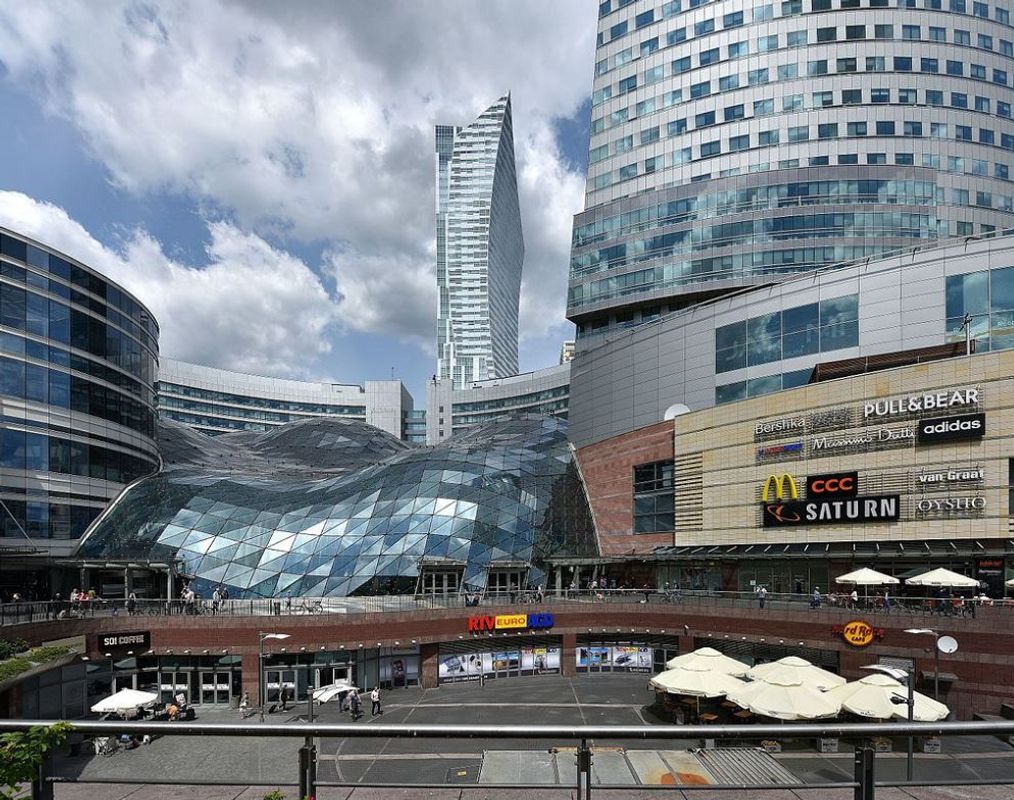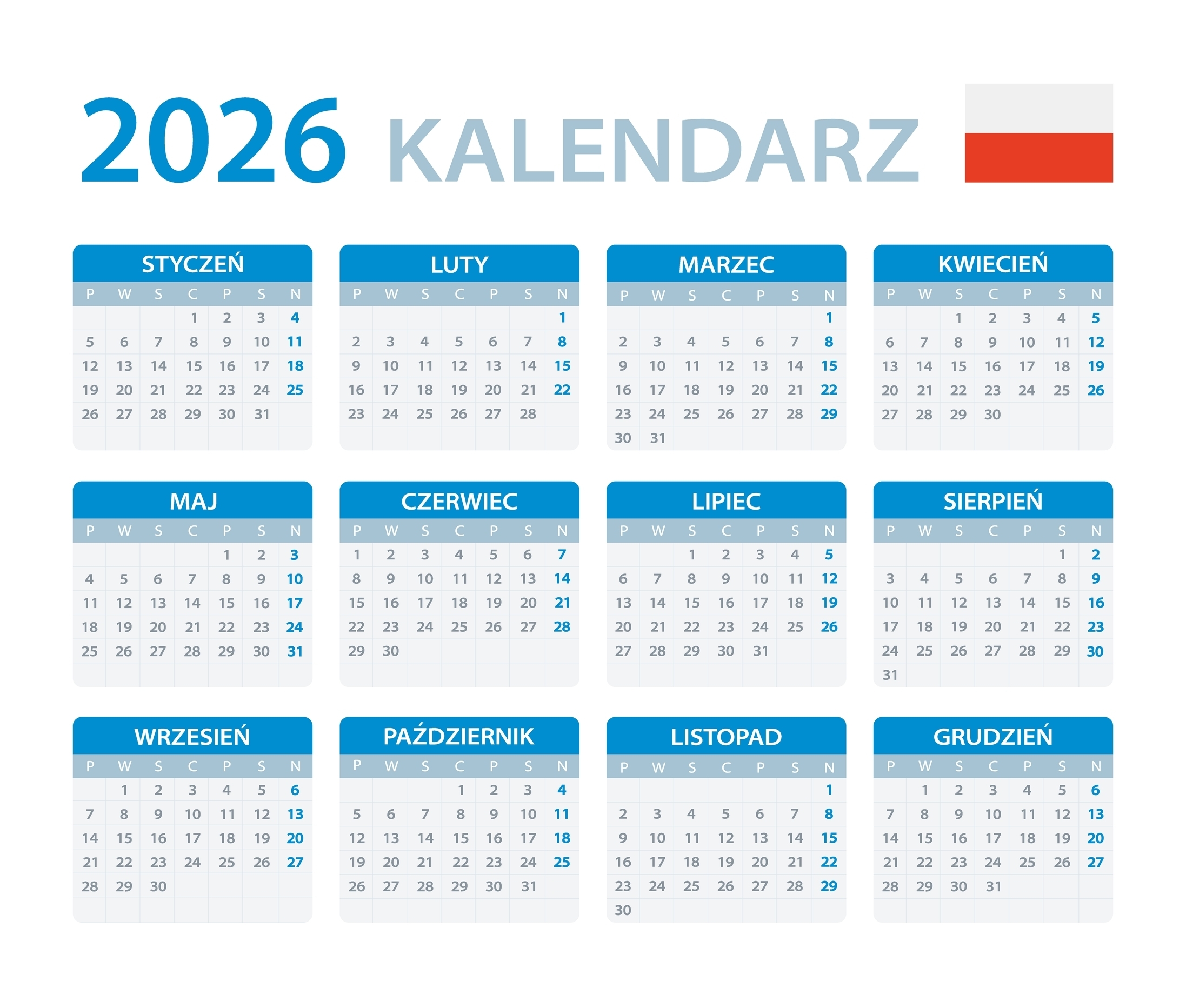Exploring the urban wonders: Złote Tarasy and Skyliner developments
In the heart of Warsaw, Poland, two eminent structures redefine the city’s skyline, offering a fusion of innovation, design, and utility—Złote Tarasy and the Skyliner developments. These modern marvels represent the rich tapestry of urban architecture and have succeeded in making a profound impact on Warsaw’s urban landscape. This blog delves into the distinctive features, frequently asked questions, historical context, and future implications of these landmarks while unveiling the magic of urban architectural evolution.

Understanding Urban Architecture
Before delving into the wonders of Złote Tarasy and the Skyliner, it’s essential to appreciate urban architecture’s role in shaping cities globally. Urban architecture seeks to create dynamic spaces that cater to the needs of residents, tourists, and businesses. Alike while reflecting cultural and historical contexts.
Urban architecture:
- Incorporates sustainability: With energy efficiency and minimal environmental impact
- Promotes aesthetic appeal and functionality: Blending design with practicality
- Serves as an economic catalyst: Attracting investors, tourists, and businesses
Złote Tarasy: A Multifaceted Architectural Gem
1. Introduction to Złote Tarasy: Opened in 2007, Złote Tarasy has become an architectural icon in Warsaw. Conveniently situated next to the Central Railway Station. It attracts millions of visitors annually.
- Size and Scope: Encompassing a sprawling area of 205,000 square meters
- Purpose: Comprising of retail outlets, leisure venues, and office spaces
2. Notable Design Elements: Złote Tarasy is renowned for its breathtaking design, notably its stunning undulating rooftop that resembles cascading waves.
- Use of Glass: Symbolizing transparency and openness
- Unique Structures: Incorporating curved and flowing lines
3. Impact on Warsaw’s Socio-economics: Since its inception, Złote Tarasy has become a significant economic driver and an emblem of urban rejuvenation.
- Increased employment opportunities: With numerous retail and hospitality sectors
- Tourist attraction: Bolstering the city’s economic growth
Skyliner: A Testament to Modern Urban Ingenuity
1. Introduction to Skyliner: Debuting in 2021, the Skyliner stands as one of Poland’s tallest buildings, embodying sophistication and functionality.
- Size and Scale: Towering at 195 meters with 42 floors
- Purpose: Primarily dedicated to office spaces with retail options
2. Architectural Highlights: The Skyliner’s design speaks volumes of modernity, with state-of-the-art facilities designed to cater to contemporary businesses.
- Efficient Core Design: Ensuring ample space utilization
- Energy Efficient Features: Certified BREEAM for sustainability
3. Economic and Social Influence: Though relatively new, the Skyliner already promises significant contributions to Warsaw’s urban landscape.
- Business hub: Attracting top-tier corporate tenants
- Public-Private Partnerships: Boosting public infrastructure investments
Frequently Asked Questions
1. What are the sustainable aspects of these developments?
- Złote Tarasy utilizes green roofs and efficient water management systems, while Skyliner boasts energy-saving glazing and LED lighting installations.
2. How do these structures compare in size globally?
- While neither can claim the title of the tallest in the world, Graf No. Złote Tarasy is uniquely notable for its distinctive aesthetic, while Skyliner ranks as one of Warsaw’s most massive developments.
3. What economic factors fuel these developments?
- Both developments have benefited from Warsaw’s economic growth and thriving tourism market, inviting investment.
Conclusion: Charting the Future of Urban Architecture
Złote Tarasy and the Skyliner developments stand as powerful symbols of modern urban architecture. Reflecting Warsaw’s aspirational journey towards a vibrant, innovative future. As architects, planners, and city administrators learn from these developments, they pave the way for burgeoning cities worldwide, championing the marriage of form, function, and sustainability. Embracing these lessons will help transcend urban living beyond traditional paradigms, ushering in a fresh era of metropolitan brilliance.















